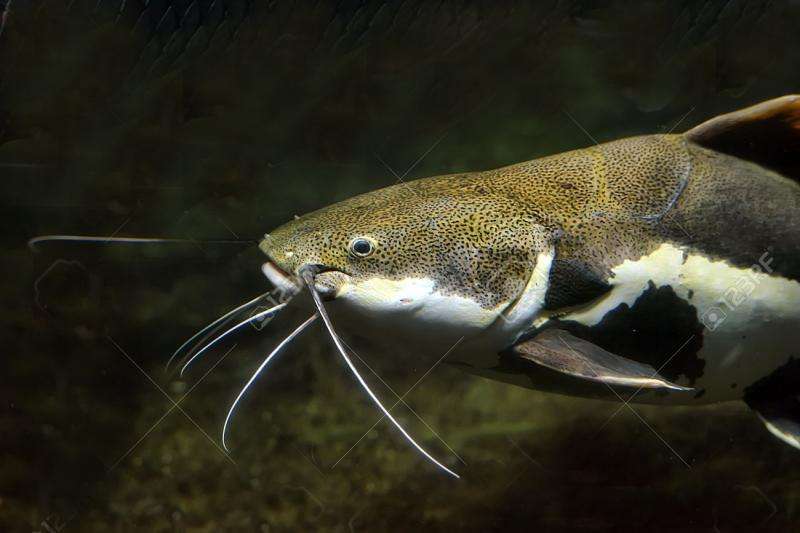Saving catfish by understanding their genetics

Researchers in the Philippines are studying the genetics of local catfish to help protect them from becoming endangered.
Catfish are primarily freshwater species and are found all over the world. Some species that are native to Thailand, Laos, Cambodia and Vietnam were also introduced to the Philippines and other countries in South-East Asia. Commonly consumed as food, and used for sport fishing and in aquariums, catfish contribute substantially to the Philippines' economy. There are nearly 3,000 different catfish species, and understanding their genetic diversity is important for developing proper management and conservation strategies, according to geneticist Jonas Quilang from the University of Philippines Diliman (UPD).
In 2015, Quilang and a colleague at UPD found significant 'genetic distances'—an indicator that allows researchers to distinguish a new species from the existing genetic group—between the catfish Clar ias batrachus found in the Philippines and those found in Thailand and India. Their findings supported previous studies based on the fishes' morphologies that suggested that the catfish species found in India should be assigned its own binomial name, indicating it was distinct from another species found in mainland South East Asia. The researchers are now planning to assign a scientific name to a species of catfish in the Philippines pending further research.
In another study published in 2016, Quilang and his team examined the genetic diversity of Philippines' catfish. One of the Philippines' catfish species, Clarias macrocephalus , is a popular food in the country but its numbers have been declining due to pollution, urbanization and competition with other catfish species. As a result, it was listed as 'near-threatened' by the International Union for Conservation of Nature in 2011.
The researchers analysed DNA from the tissue of 120 specimens of C. macro cephalus from Buguey, Camalaniugan on the northern coast and Agusan del Sur in the south-east of the Philippines.
They found that the species had very low genetic variation. Additionally, some specimens had deformities in their tail fins and body shape, suggesting that the fish had been inbreeding for several generations. This low level of genetic diversity is making the fish prone to extinction, requiring immediate measures to restore the population in the wild, the researchers conclude.
The team hopes its study can be used as a starting point to prevent further declines in the population of C. macrocephalus and other fish species in the Philippines.
Journal information: Nature
Provided by University of the Philippines Diliman




















